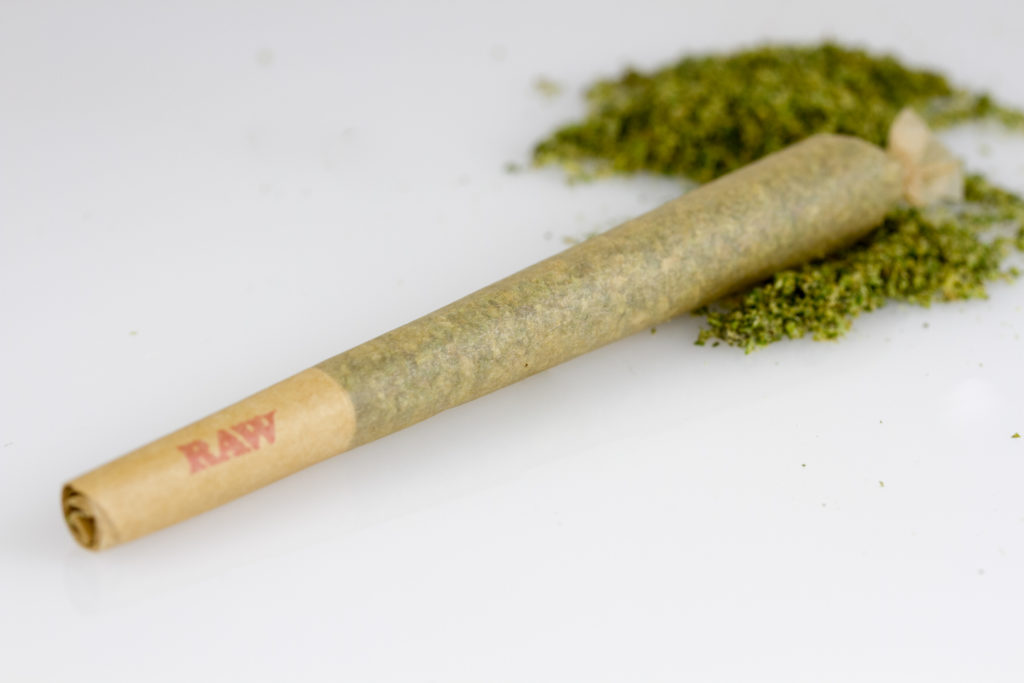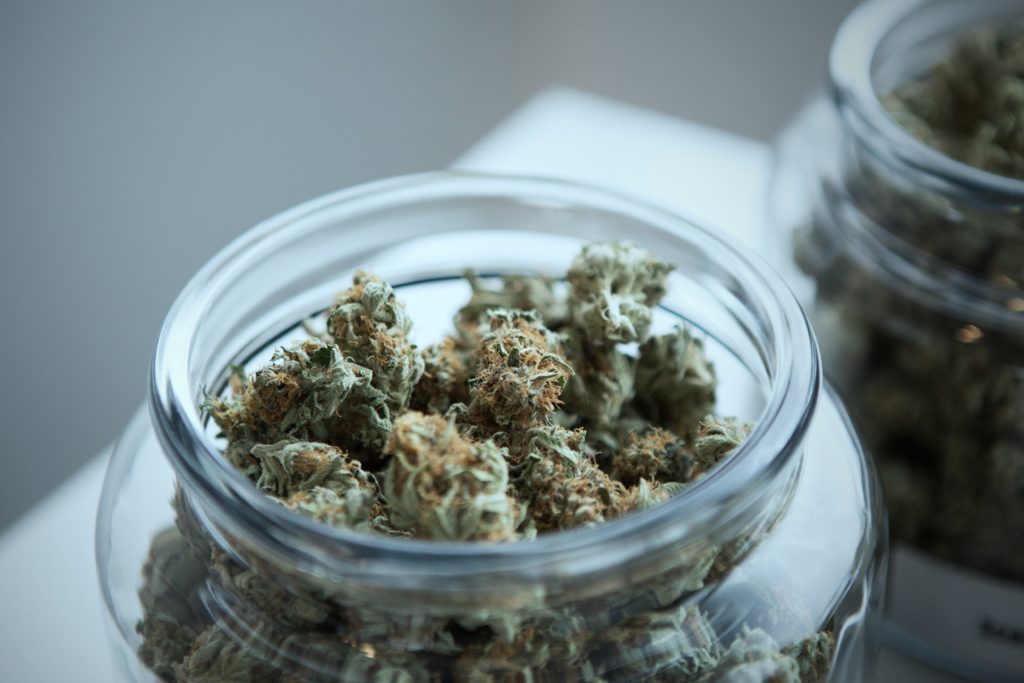

Recently, medical marijuana has gained traction as a viable medication to treat Post-Traumatic Stress Disorder (PTSD). Often, people with PTSD use cannabis to calm their mind and reduce the frequency of nightmares.


When you begin to explore the world of medical marijuana, some of the first terms you’ll come across are Indica and Sativa. Generally speaking, these terms refer to the two major classifications of the cannabis plant that have their own particular attributes and effects. However, these are not set-in-stone classifications but general guidelines that signal what patients can anticipate when using a strain of cannabis, including medicinal effect, bud structure, smell, taste, etc.


Of the various ways to medicate with cannabis, ingesting or eating it in some form is one of the most effective. One of the oldest and most versatile methods of ingesting marijuana is the tincture. Cannabis tincture is a particular liquid that has been infused with cannabinoids such as THC or CBD. This medicine is usually kept in a bottle with a dropper for ease of dosing. Traditionally, tinctures are made using alcohol, but other mediums such as glycerine and MCT oil, a coconut oil that has a more fluid state, are also forms of tincture.


Due to the nature of cannabis being listed as a schedule one drug by the federal government, few clinical trials have focused on the effects of medical marijuana on seizures. As such, there is no concrete analysis on the exact relationship between marijuana and seizures. The success that has been attributed to cannabis treating seizures is largely anecdotal, made popular by news outlets such as Dr. Sanjay Gupta’s CNN special on cannabis.


By its very nature, medical marijuana is defined by its moisture content. This moisture content changes rapidly depending on the climate where it is kept. While this is one of the most important aspects when considering how to store cannabis, it is not the only factor to consider.
Think of other consumables such as food or wine that have parameters to adhere to in order to keep a consistent quality and freshness. With this in mind, the following are four tips to consider when deciding how to store your medicine in a safe and practical manner.